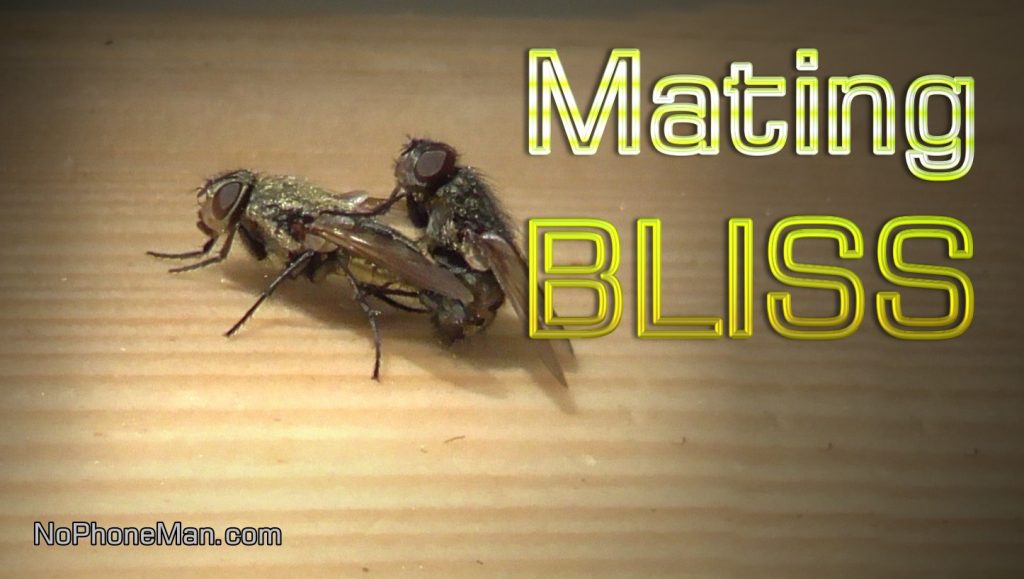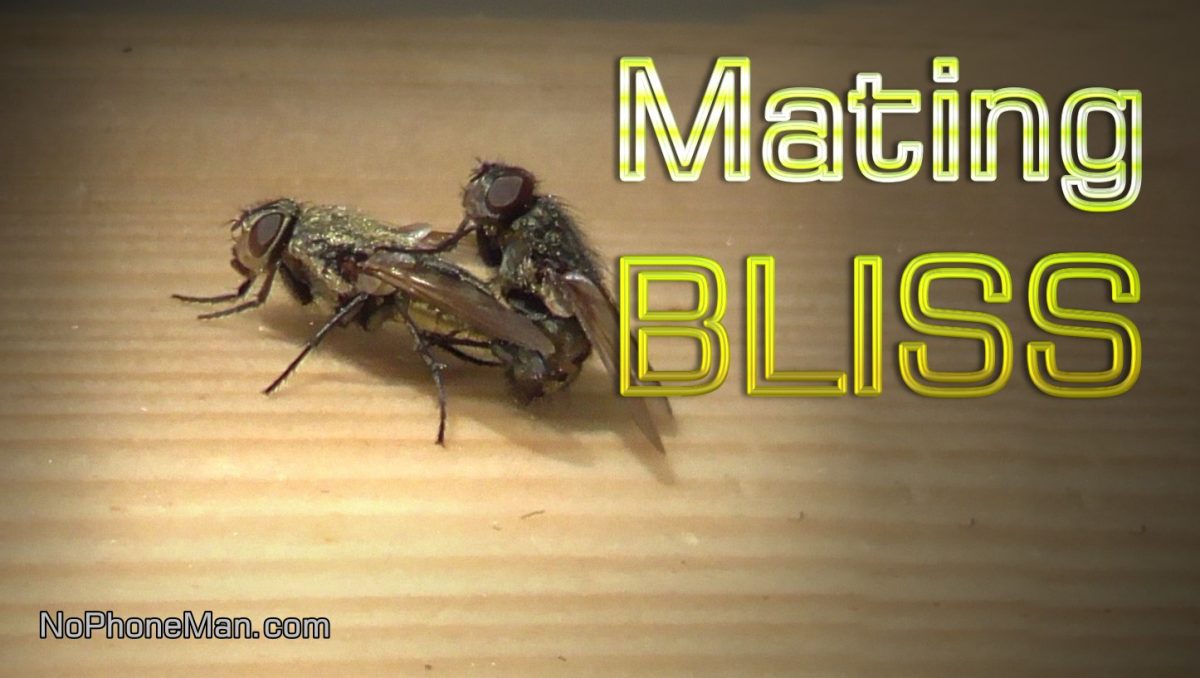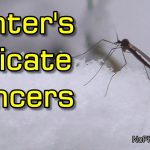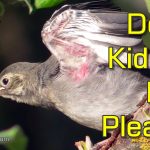
Spring has not yet arrived; we are still officially in the grip of winter. However, despite the lingering chill in the air, when the clouds part and the sun is granted permission to bathe the environment in its rejuvenating rays, the unexpected warmth draws out the early explorers. Among these are the Common Cluster Flies (Pollenia Rudis), eager to take flight as winter slowly releases its hold on the land. These resilient insects, with their golden hairs glinting in the sunlight, become some of the first signs of life as the seasons transition. Their appearance, though often surprising, marks the gradual awakening of nature from its wintry slumber.
As an avid outdoorsman, my eyes are naturally drawn to the activity of all forms of wildlife around me, so it comes as no surprise that when the Common Cluster Flies turned up outside, being among the first insects to take flight at the end of winter, I immediately noticed and went to check them out.
To my (non) surprise, these flies wasted no time and as soon as the sky opened up to let the sun warm up the environment a bit, the males jumped on the females and the shameless act of copulation out in the open took center stage. There were a few of them around me, paired up and mating like their lives depended on it. It was a sight to behold, sneakily hinting to their determination to keep the genus going despite the threat of ever growing presence of predators as thousands of birds are beginning to return from their migration down south.
And thanks to their shameless process of copulating out in the open, I’m able to share the video which shows the Common Cluster Flies engaging in these intimate acts. Flies may be something that everybody gets to see a lot of, but few get to see them mating. Now you can too.
The Common Cluster Fly (Pollenia rudis): A Seasonal Visitor in Homes
Cluster flies, known scientifically as Pollenia rudis, are a common sight in many parts of the world, especially in temperate regions. While they might resemble the common housefly, these insects have distinct characteristics and behaviors that set them apart.
Identification:
Cluster flies are slightly larger than houseflies, measuring around 8 to 10 millimeters in length. Their thoraxes are covered with golden-yellow hairs, which give them a distinctive appearance. When at rest, their wings overlap along the top of their abdomen, unlike houseflies whose wings lay flat against their bodies.
Habitat and Behavior:
As autumn approaches, cluster flies begin to seek shelter in warm places to survive the colder months. They are often found clustering together in attics, wall voids, and other secluded areas of buildings. This behavior gives them their common name.
Unlike houseflies that breed in decaying organic matter, cluster flies lay their eggs in the soil, where the larvae parasitize earthworms. This unique life cycle means that they are not typically associated with poor hygiene or sanitation, unlike other fly species.
Seasonal Visitors:
In the spring and summer months, cluster flies are rarely seen indoors. However, as temperatures drop in the fall, they seek refuge in homes and other structures. This sudden appearance can be alarming for homeowners, who may find clusters of these insects gathering on windowsills or buzzing lethargically in corners.
Management:
While cluster flies are mostly harmless and do not pose significant health risks, their presence indoors can be a nuisance. Preventive measures such as sealing cracks and crevices, installing screens on windows, and maintaining a tidy living space can help reduce their entry into homes.
If cluster flies have already found their way inside, vacuuming them up or using fly traps can be effective for managing their numbers. However, it’s important to note that killing individual flies indoors does little to prevent more from entering, as they are likely seeking shelter from the cold.
Conclusion:
The Common Cluster Fly, or Pollenia rudis, may be an unwelcome guest in homes during the fall and winter months, but they play a vital role in ecosystems as pollinators and natural decomposers. Understanding their habits and taking simple preventative steps can help homeowners coexist peacefully with these seasonal visitors.
As with any pest issue, if the presence of cluster flies becomes overwhelming or persistent, consulting with a pest control professional can provide tailored solutions for effective management.





